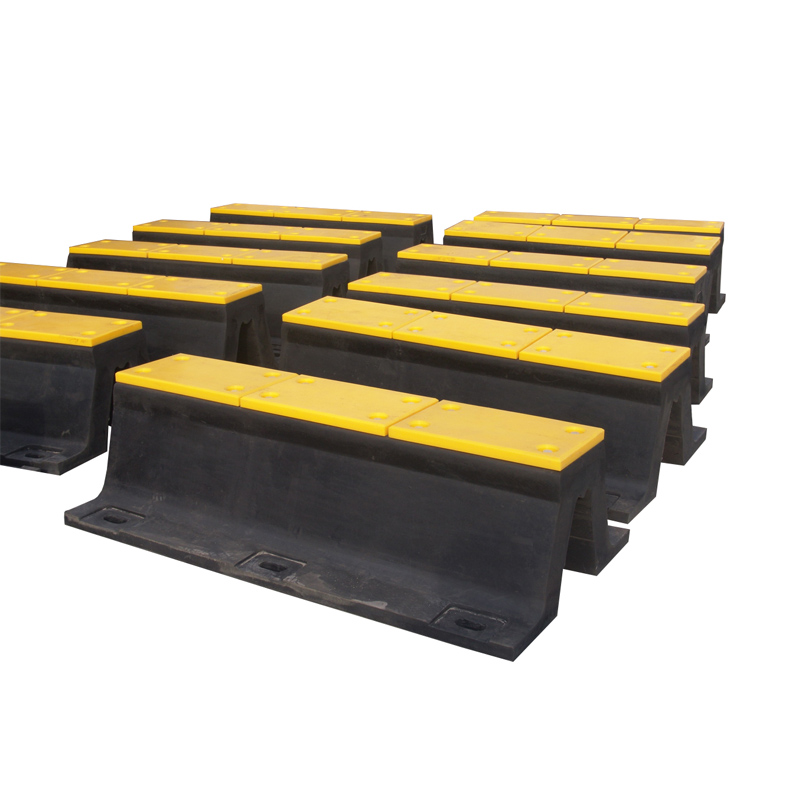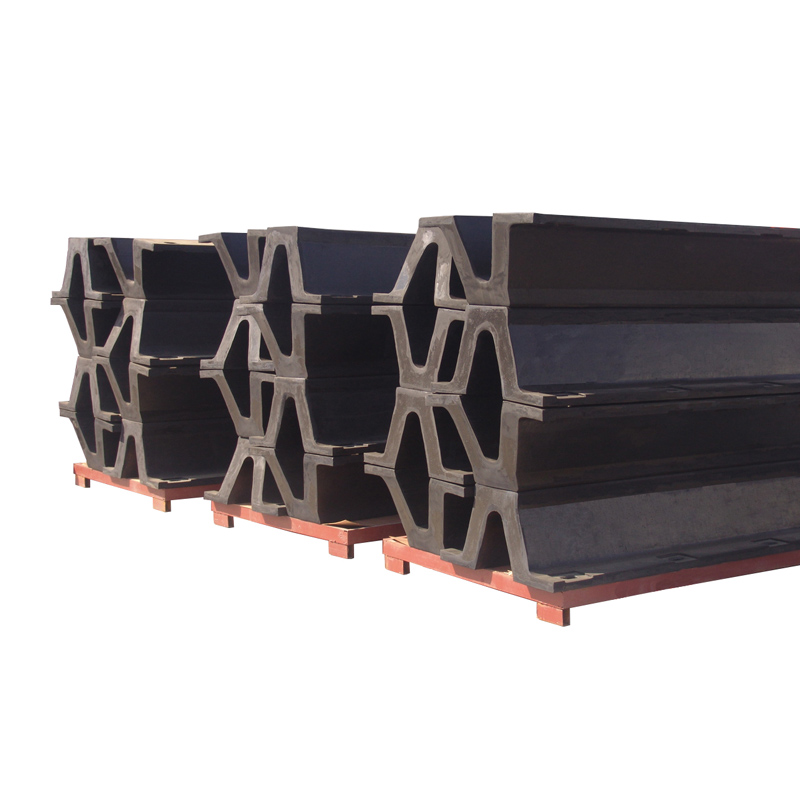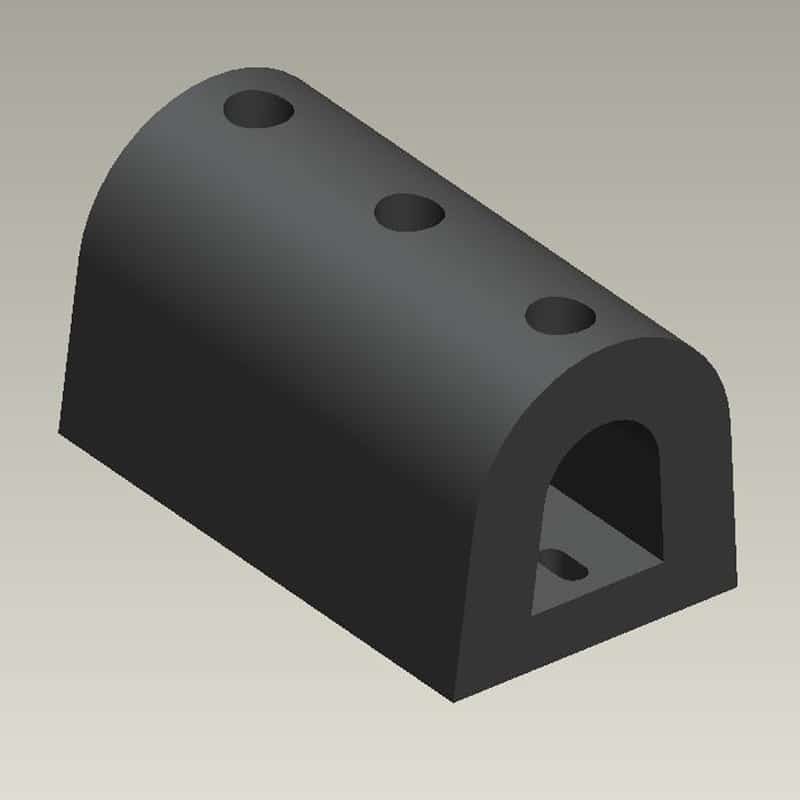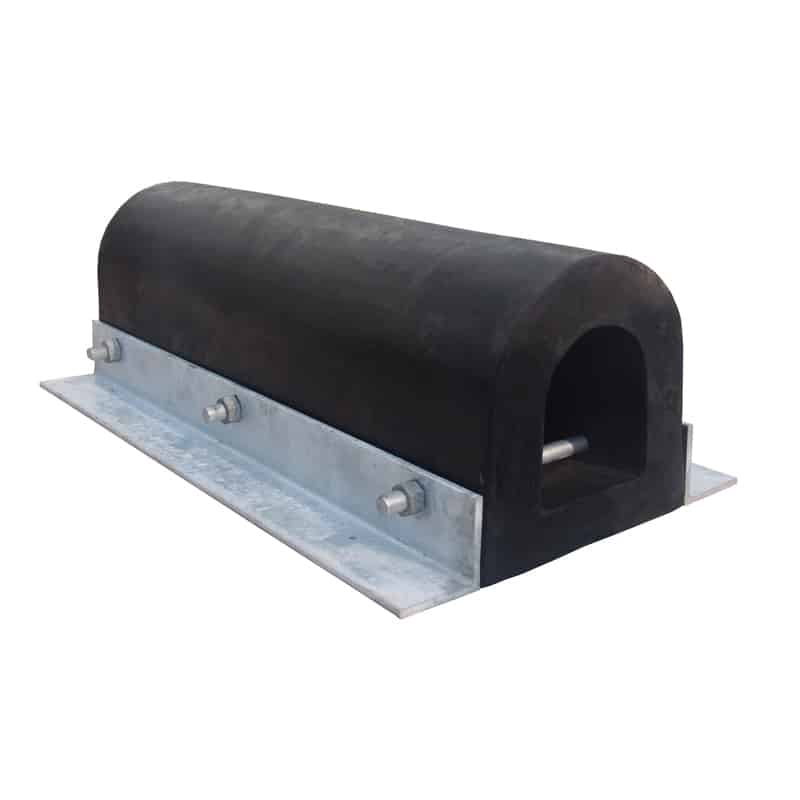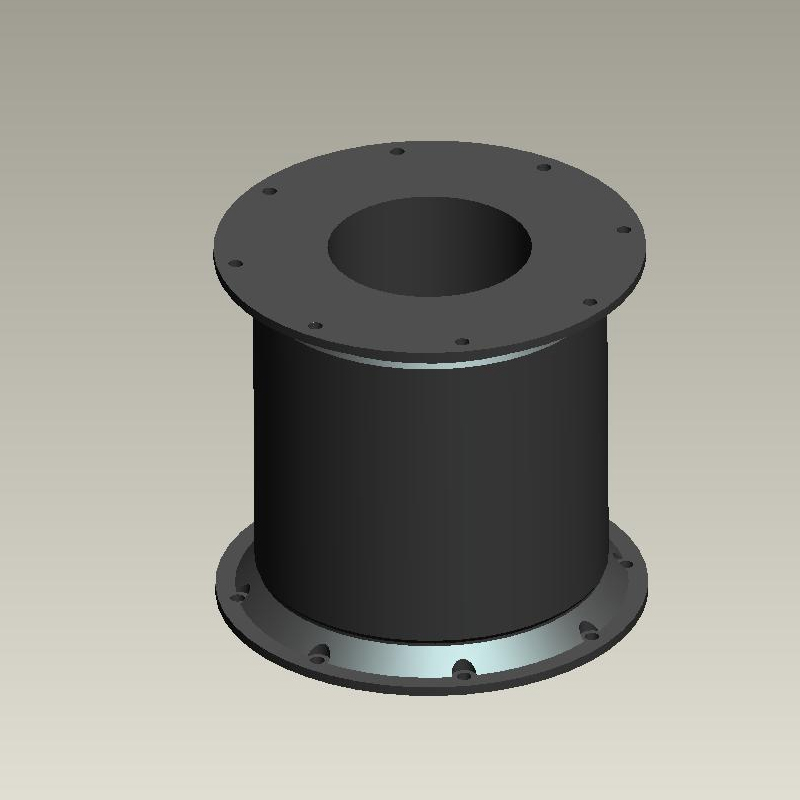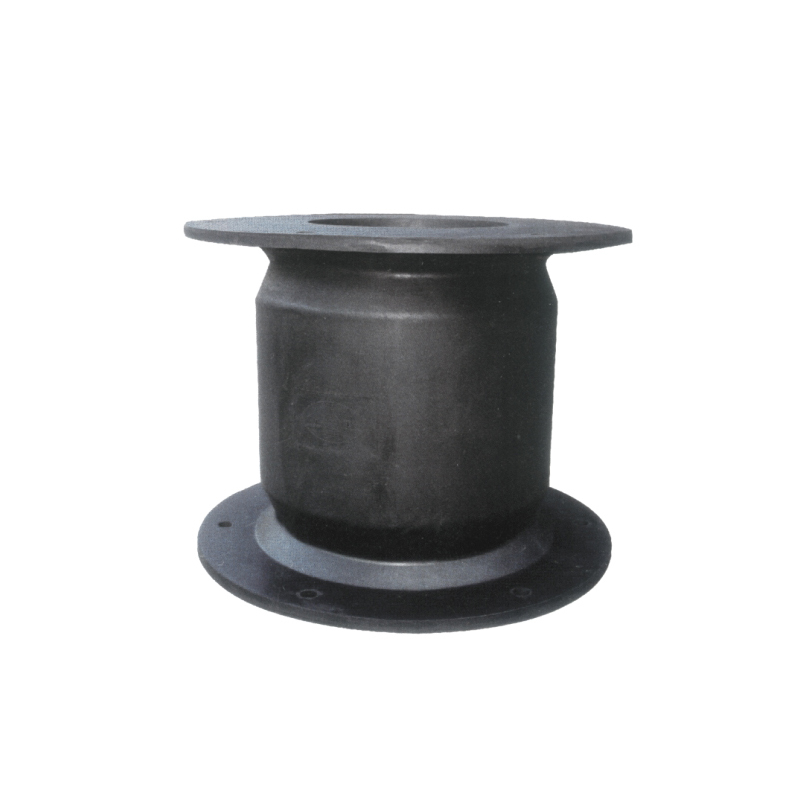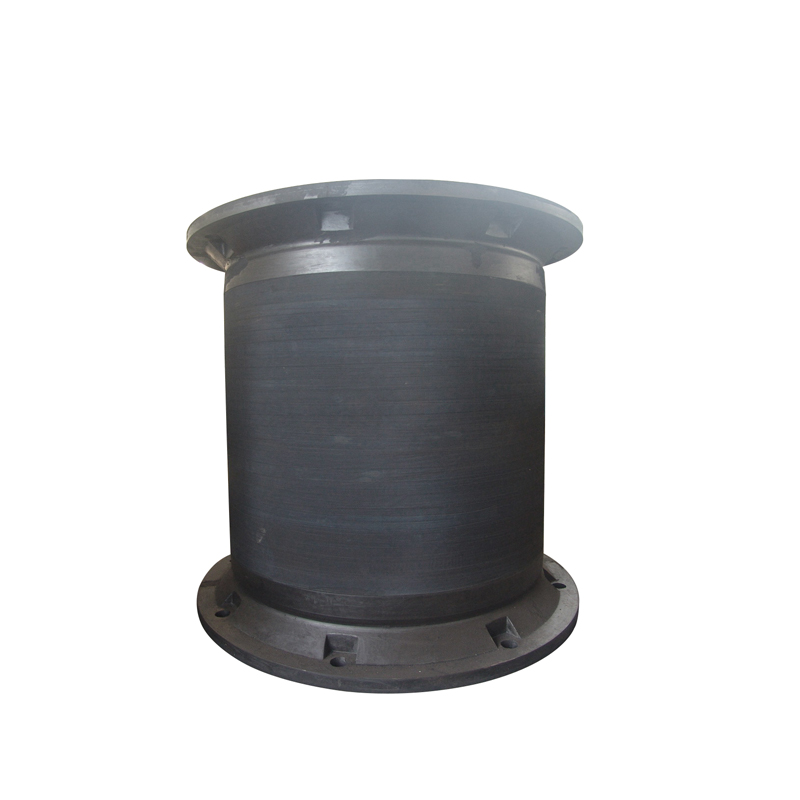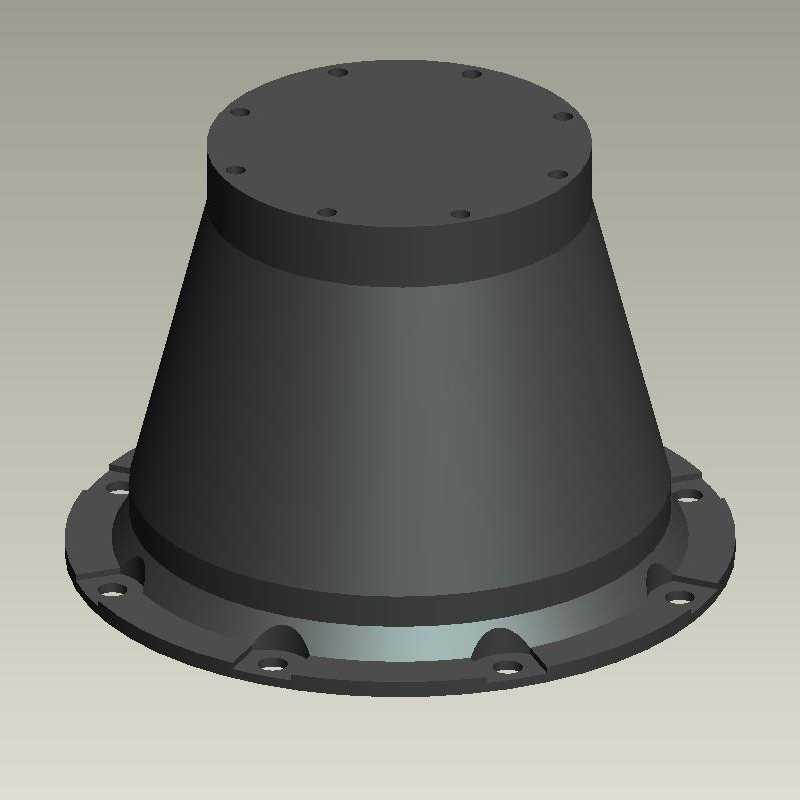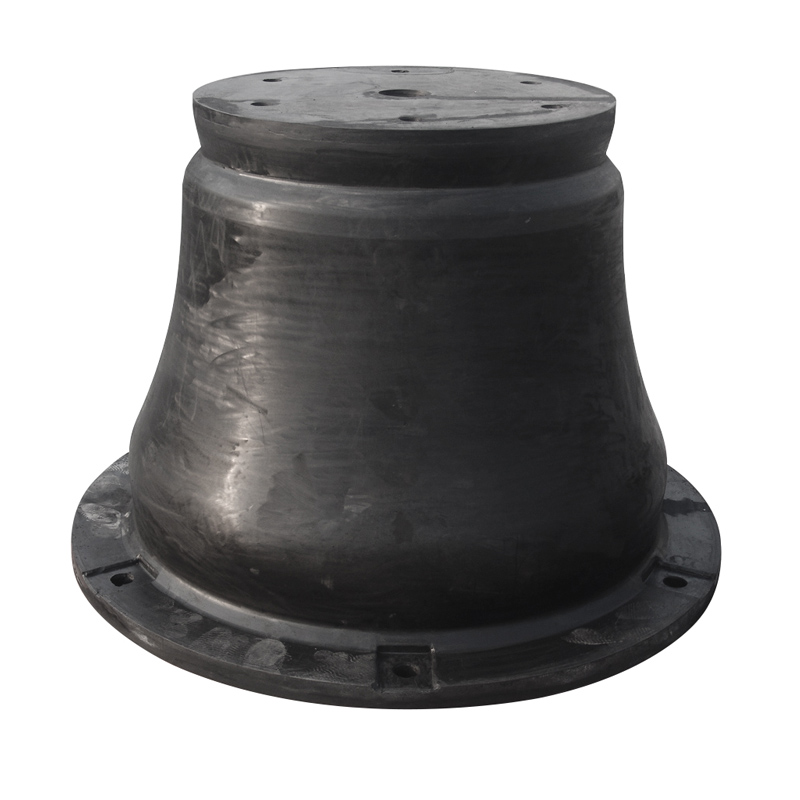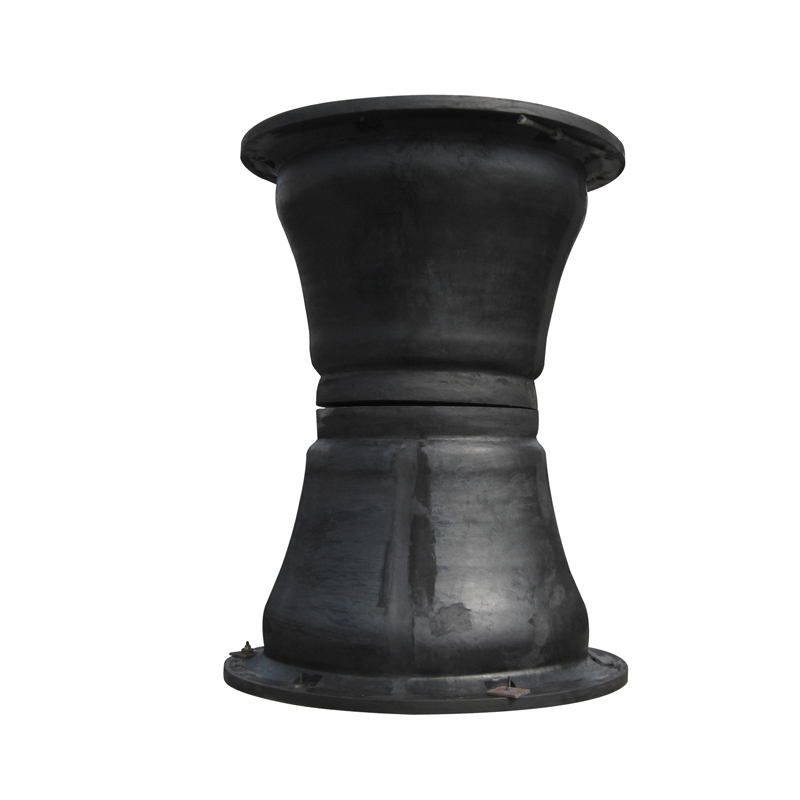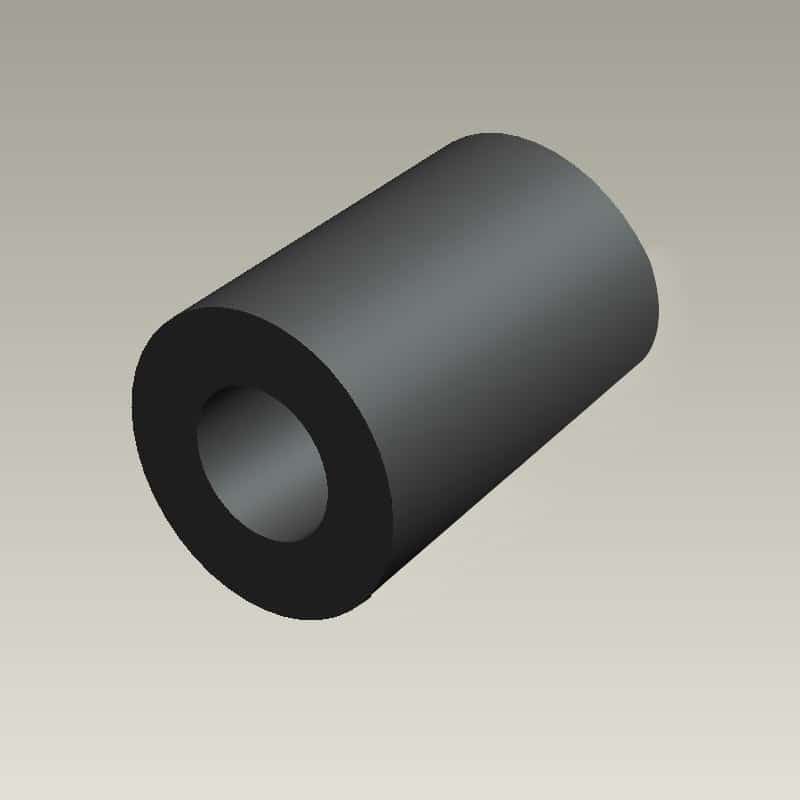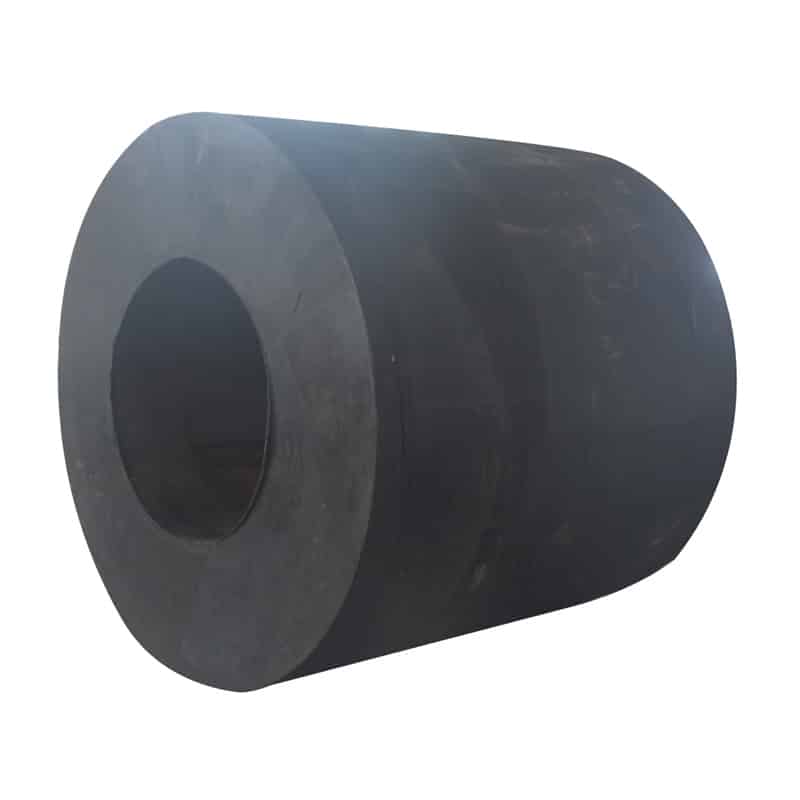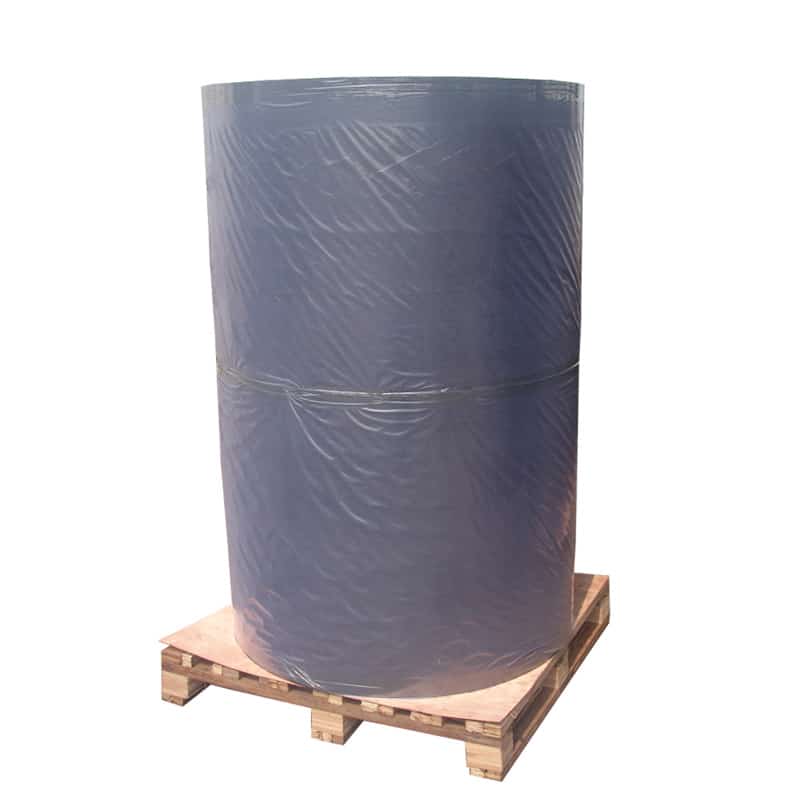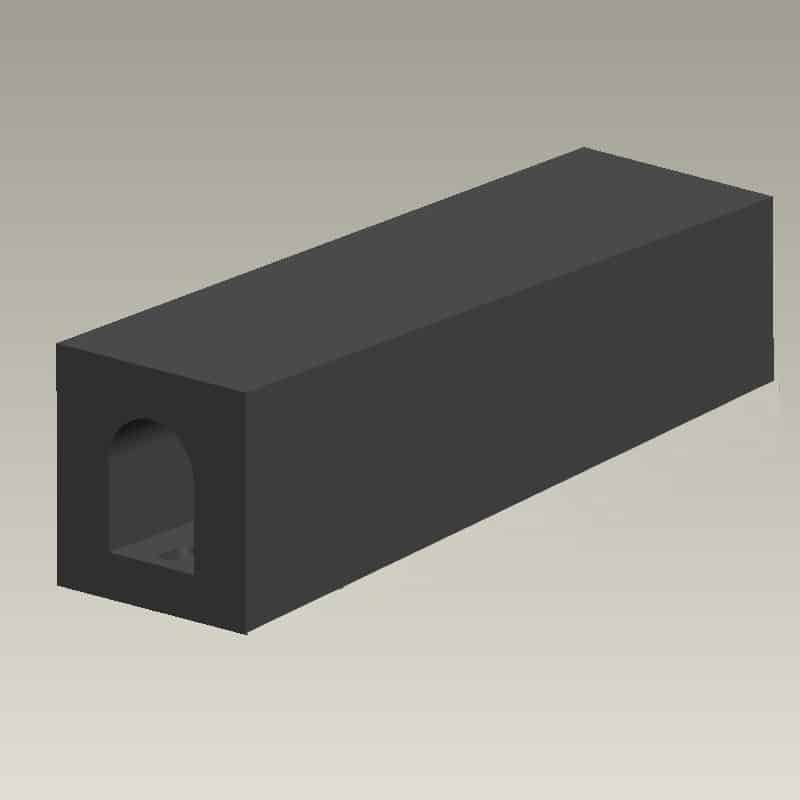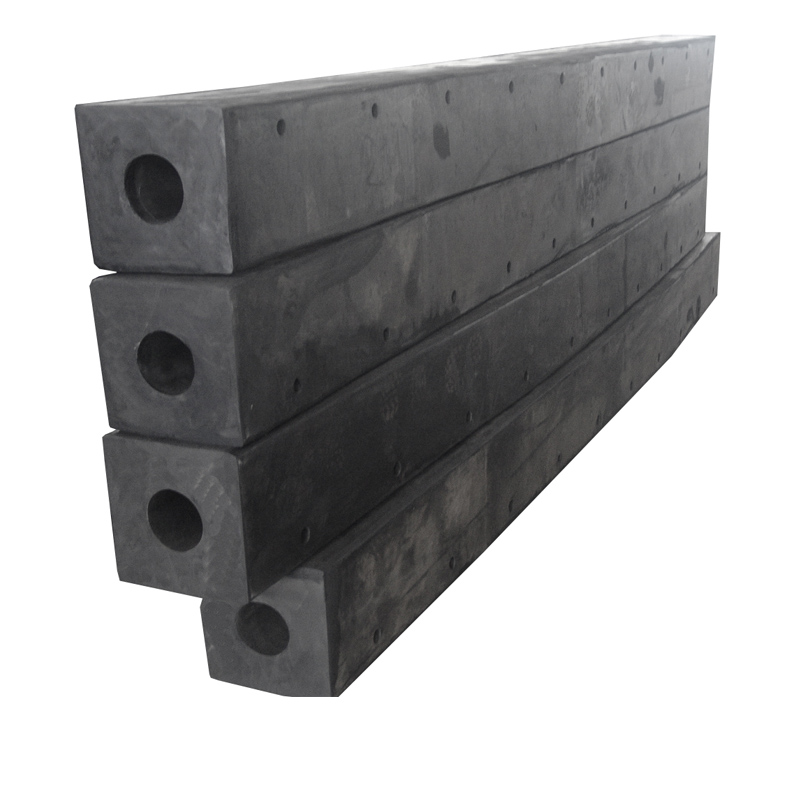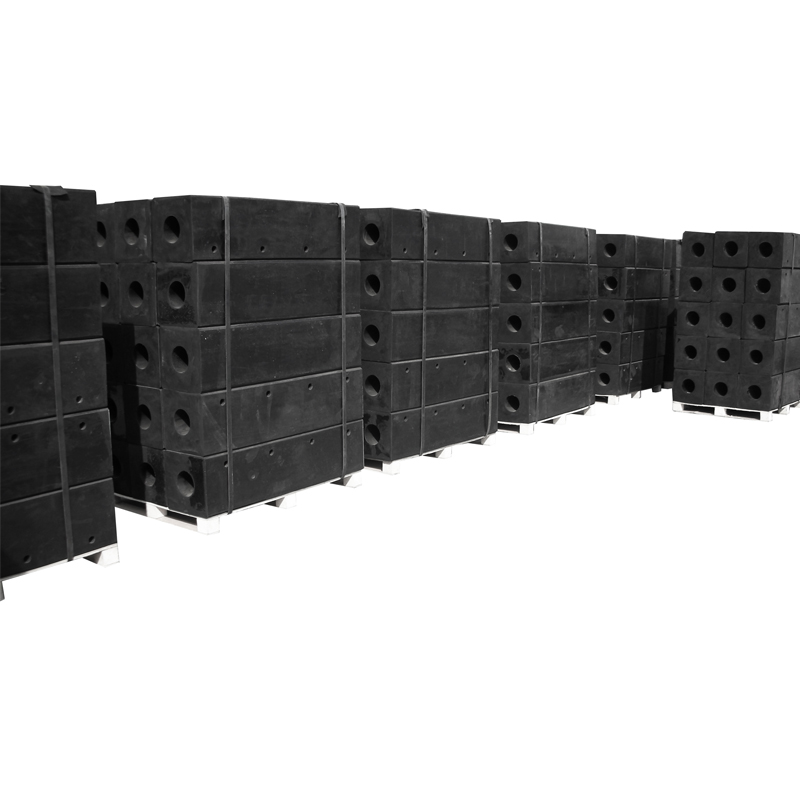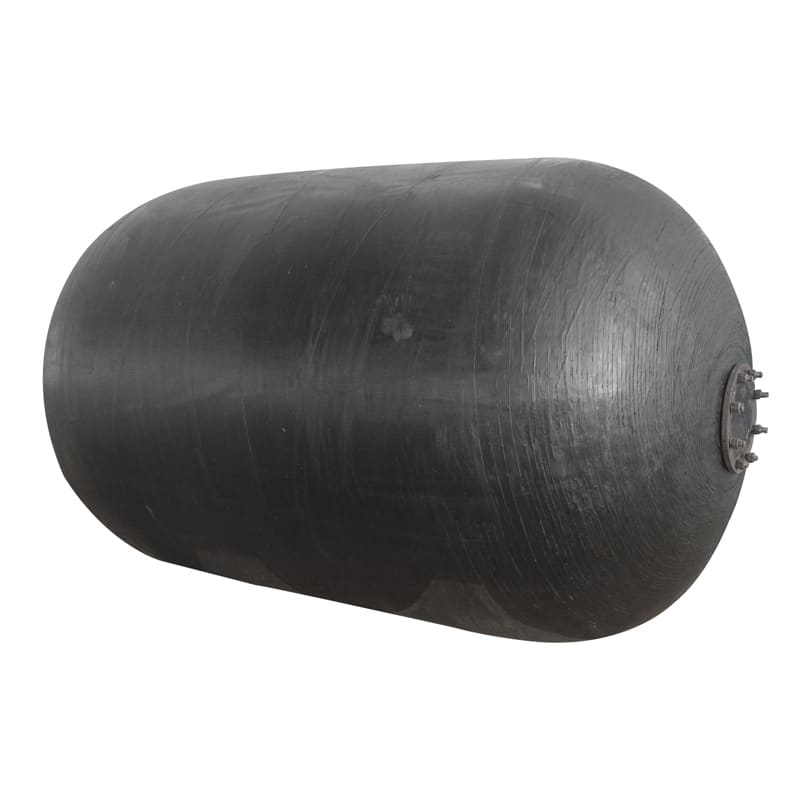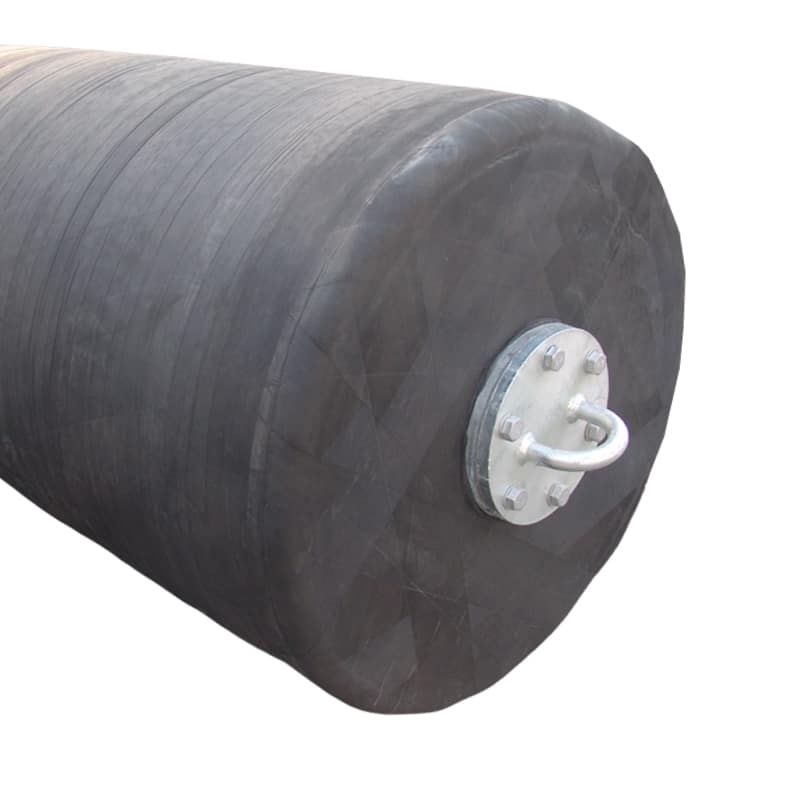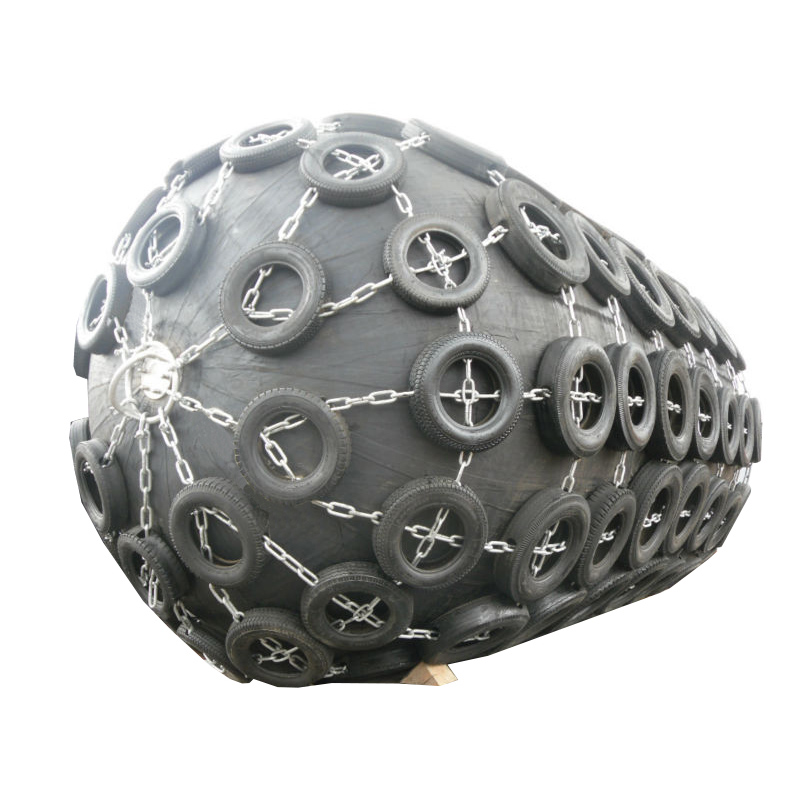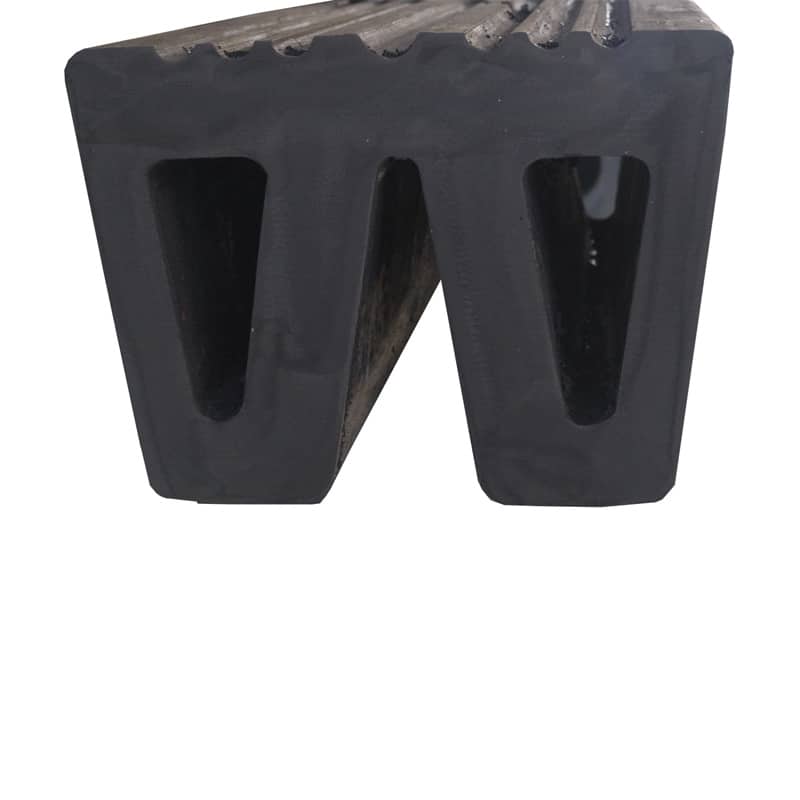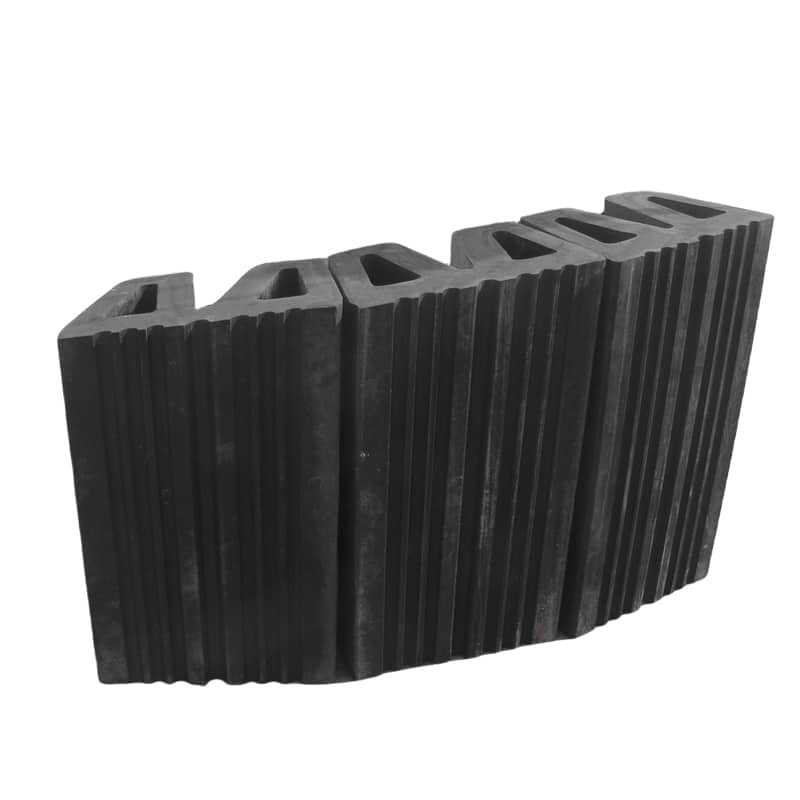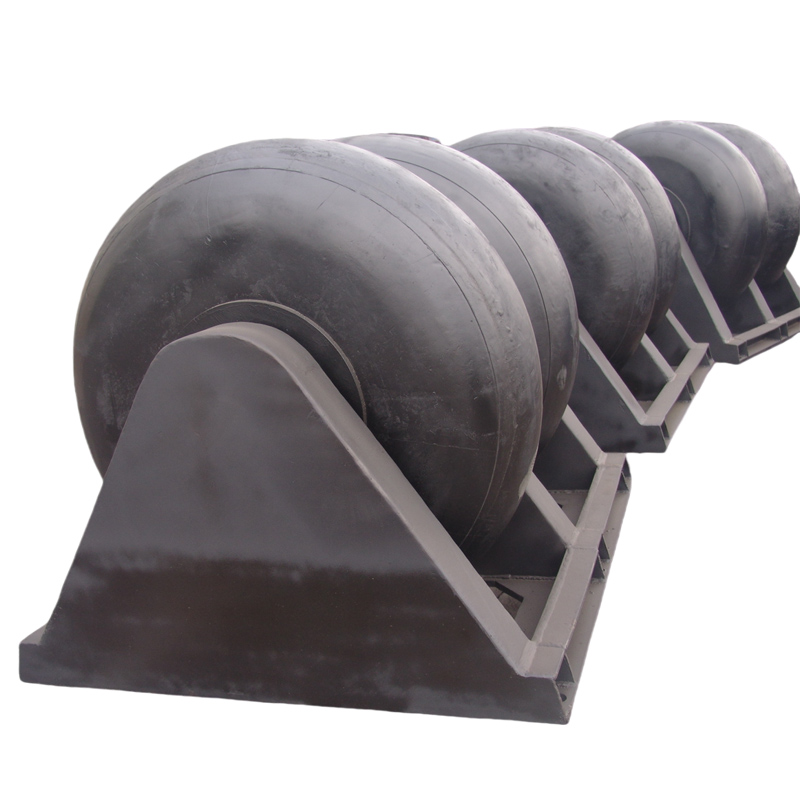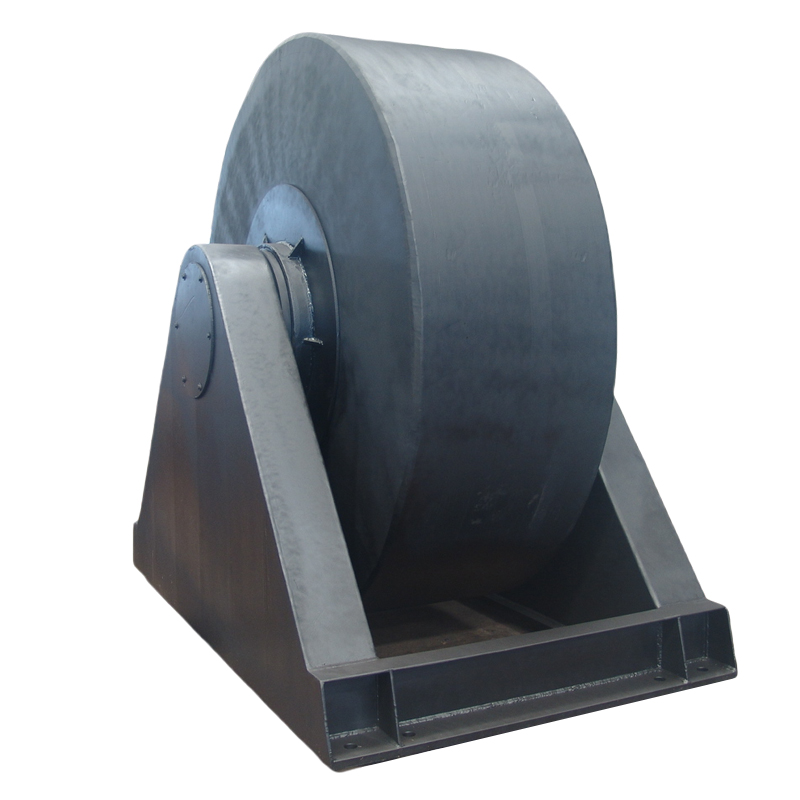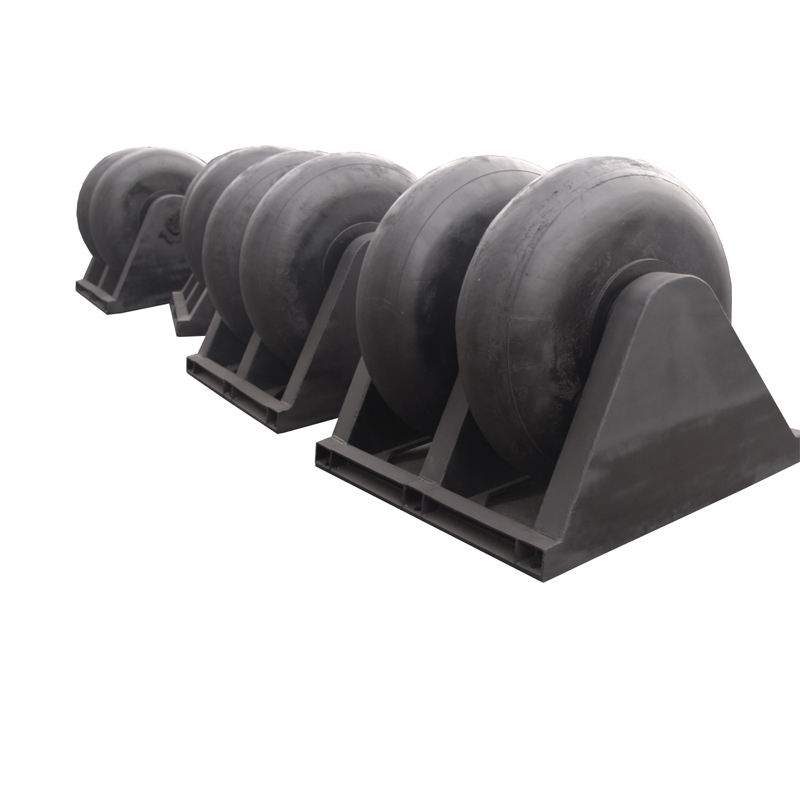Arch fenders are a type of marine fender designed to absorb the energy generated when vessels dock or berth. They are characterized by their simple, robust, and arch-shaped design, which allows them to withstand heavy impacts while offering low reaction forces. Arch fenders are widely used in various maritime applications, providing excellent protection for both vessels and dock structures.
HomeCategory
RUBBER FENDRES
"D, DD, and DO fenders" are types of marine fenders that are commonly used to protect docks, vessels, and other marine structures from impact damage. These fenders are categorized by their shape, design, and specific applications. They are popular because of their durability, simplicity, and effectiveness in a wide range of berthing and docking environments.
Cell fenders are a type of marine fender used to protect ships, docks, and other structures from damage during berthing operations. They are designed to absorb the impact energy generated when a vessel comes into contact with a dock or quay. Cell fenders are named for their cylindrical shape, which resembles a cell, and are known for their high energy absorption and low reaction force, making them highly effective in reducing impact forces.
"Cone fenders" are a type of marine fender designed to protect docks, quays, and ships during berthing by absorbing the energy from a vessel’s impact. Their unique conical shape provides excellent energy absorption and low reaction force, making them one of the most efficient and high-performance fenders available.
"Cylinder fenders" are a type of marine fender that are commonly used to protect vessels, docks, and marine structures from impact during berthing or mooring operations. As the name suggests, these fenders have a cylindrical shape, which provides a large surface area for energy absorption. They are known for their simple design, durability, and high energy absorption capacity, making them a versatile and widely-used choice for both small and large vessels.
"Rectangular fenders" are a type of marine fender characterized by their rectangular cross-section. They are designed to provide effective protection for vessels during berthing and mooring operations. Rectangular fenders are commonly used in various marine environments, including commercial ports, docks, and offshore structures.
"Floating fenders" are marine fenders designed to float on the water's surface, providing a flexible and effective solution for protecting ships, docks, and other marine structures during berthing and mooring operations. These fenders are typically used in situations where tidal variations, ship-to-ship (STS) transfers, and deepwater docks make traditional fixed fenders less effective. Floating fenders can be made from various materials, including foam-filled and pneumatic designs, and are capable of handling a wide range of vessel sizes and types.
"Pneumatic type fenders", also known as "pneumatic fenders" or "Yokohama fenders", are a type of marine fender used to protect ships, docks, and other marine structures during berthing and mooring operations. These fenders are inflatable and filled with air, which makes them flexible and highly effective at absorbing the energy from impacts. Pneumatic fenders are widely used in ship-to-ship transfers, ship-to-dock operations, and in situations where temporary fendering is required.
Each of these fender types offers specific advantages depending on the operational requirements, vessel sizes, and environmental conditions in which they are used.
Wheel and roller fenders are types of protective components commonly used in various industries, particularly in transportation and marine applications, to prevent damage to vehicles, boats, and structures from the impact of wheels or rollers.

